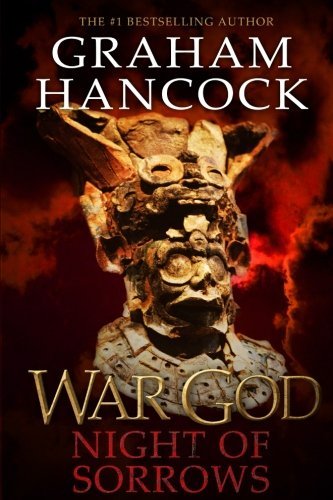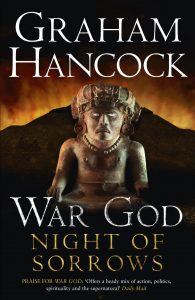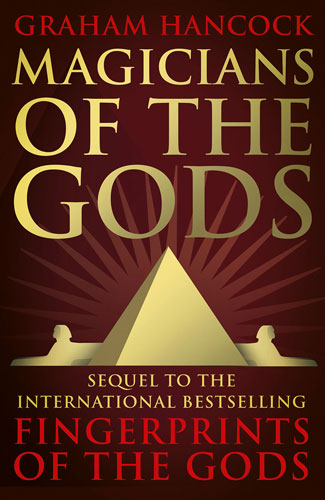News Desk
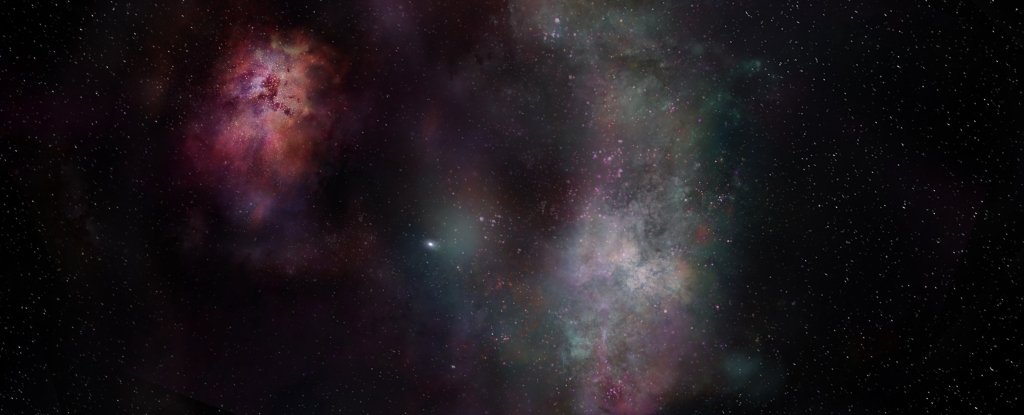
Some of the ingredients necessary for life didn’t take very long to emerge after the Universe winked into existence.

Psychedelics have come a long way since their hallucinogenic hippy heyday. Research shows that they could alleviate PTSD, depression and addiction. So will we all soon be treated with magic mushrooms and MDMA?

Imagine having chronic pain so severe you can’t risk expending the energy it would take to get a glass of water – or what it’s like to hold your baby as they have their 100th potentially fatal seizure of the week….You know this medicine exists but you’re prevented from accessing it because – behind the scenes – the avenues to do so have not been set up.

Teeth and skull fragments found in the maze-like recesses of a South African cave fuel debate on how Homo naledi lived—and whether it disposed of its dead.
Image from Animalparty (Wiki Commons)

Traditionally, scientists believed the Iberian hinterland to be a no-man’s land, avoided by Homo sapiens until about 19,000 years ago when the ice sheets of the Last Glacial Maximum—the period when ice sheets were at their greatest extent—retreated. However, recent research has been telling a different story.

Detroit has joined the growing number of cities and states that have decriminalized entheogenic plants and fungi, more colloquially known as “magic mushrooms” and psychedelics.
Image from Magic mushrooms (Wiki Commons)

The connection between human and dog runs deep. Early signs of domestication date back to 33,000 years ago… The pairing makes for a striking case in coevolution — no other species has been so thoroughly integrated into human society. Dogs are our sentinels and shepherds, hunting partners and cancer detectors. And more importantly, to those of us who have had dogs in our lives, they are our dearest friends.

A new ancestor of modern humans with the potential to rip up the family tree has been tentatively named.

Nearly 50 miles (80 kilometers) of the Chilean coast are covered with oblong fragments of desert glass that researchers who recently studied them say came from a comet’s explosion over the Atacama Desert about 12,000 years ago.
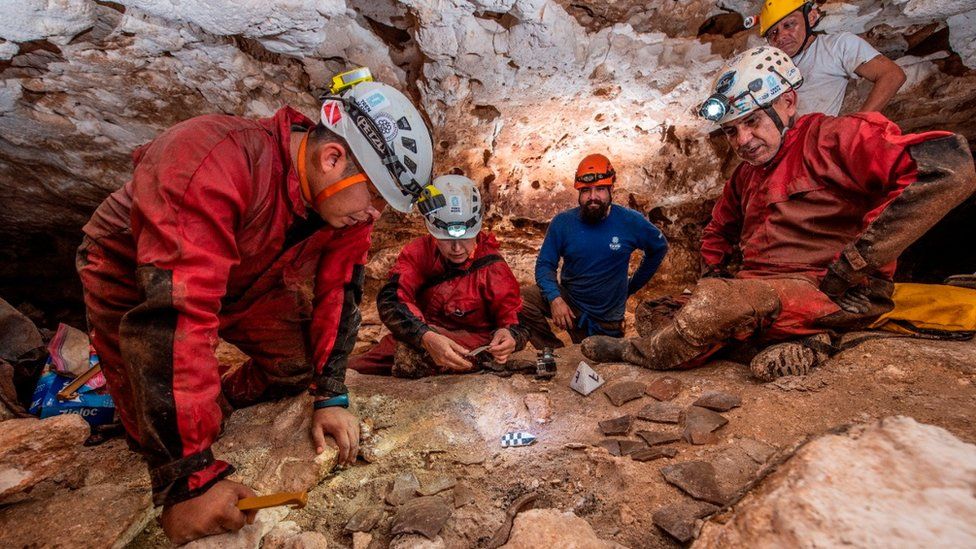
Archaeologists have discovered a wooden Maya canoe in southern Mexico, believed to be over 1,000 years old.

An asteroid about the size of a refrigerator shot past Earth last week, and astronomers didn’t know the object existed until hours after it was gone.

Scientists have begun to examine whether the psychedelic drug psilocybin… can help people who feel insecure in their attachments to others. Their preliminary research, published in ACS Pharmacology & Translational Science, suggests that psilocybin-assisted psychotherapy might help to reduce attachment anxiety.
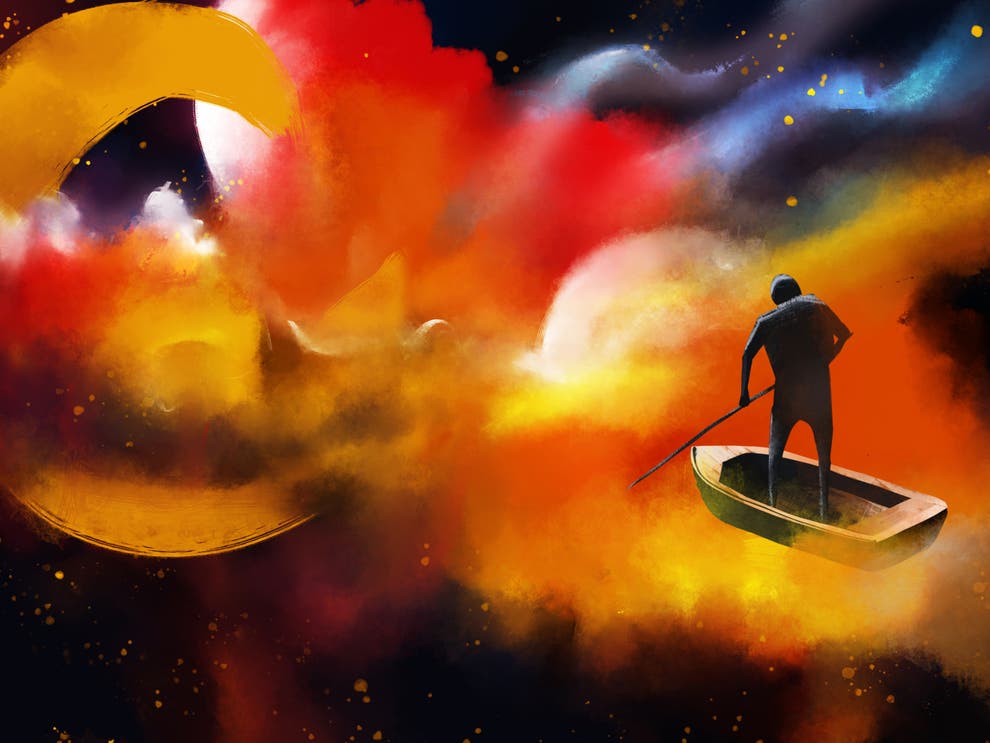
Research from Johns Hopkins and NYU suggests that psychedelic drugs can significantly reduce pain and distress for those with terminal illnesses. As the British government faces calls to reschedule these substances, Kevin E G Perry talks to some of those who’ve already chosen to take the trip

The proliferation of ketamine clinics around the country could offer a model for other psychedelic therapy clinics in the future. Here’s what it’s like on the inside.

The species lived in Africa about 500,000 years ago, during the Middle Pleistocene age, and was the direct ancestor of modern humans, according to scientists. The name bodoensis derives from a skull found in Bodo D’ar in the Awash River valley of Ethiopia.

Archaeologists believe fingerprints on fragments of clay found in Orkney were left by experienced potters and their young apprentice 5,000 years ago.





